As grocery prices continue to climb, shoppers are becoming more aware of these subtle price increases. Whether through higher base prices, shrinkflation, or fewer promotions, grocery stores are finding ways to charge more without drawing too much attention. Keeping an eye on price trends and comparison shopping can help consumers avoid overpaying for their everyday essentials.
1. Kroger
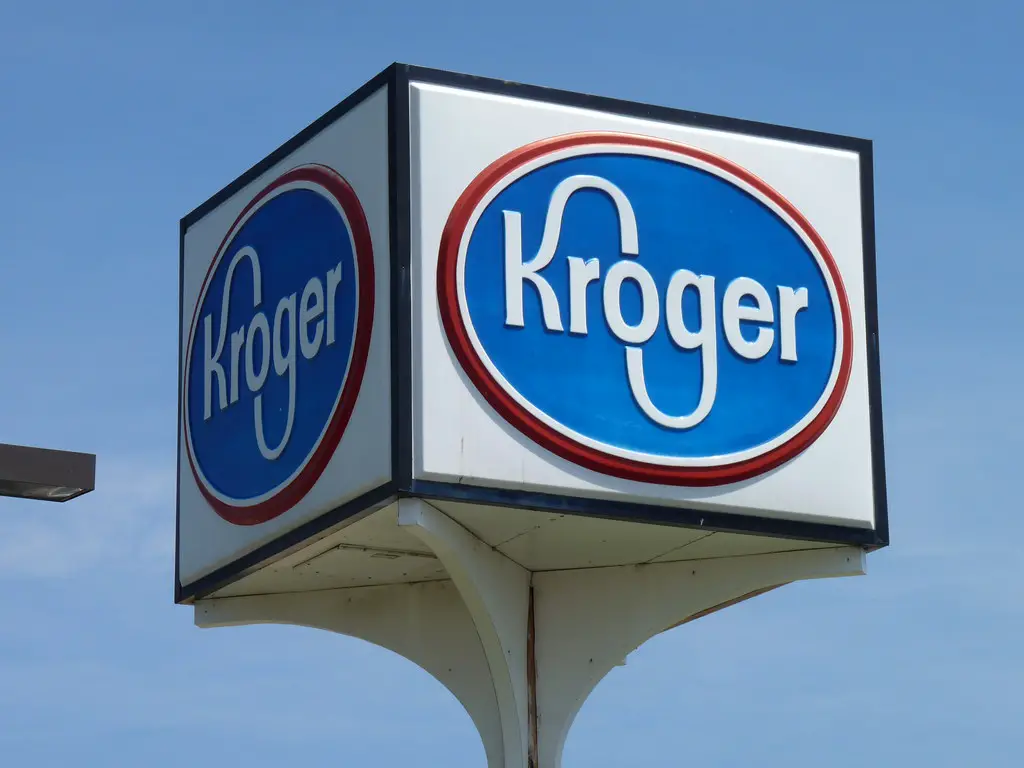
Kroger, one of the largest grocery chains in the U.S., has been quietly increasing prices on everyday essentials. Shoppers have noticed higher costs on staple items like milk, bread, and eggs, even when sales and promotions are advertised. While Kroger attributes some of these increases to inflation and supply chain disruptions, the price hikes often go unnoticed by customers who don’t check price tags regularly.
Additionally, Kroger has been shrinking package sizes while keeping prices the same, a practice known as “shrinkflation.” This means shoppers are paying more for less without realizing it. While the chain continues to offer digital coupons and loyalty discounts, many customers feel they’re still spending significantly more at checkout.
2. Walmart
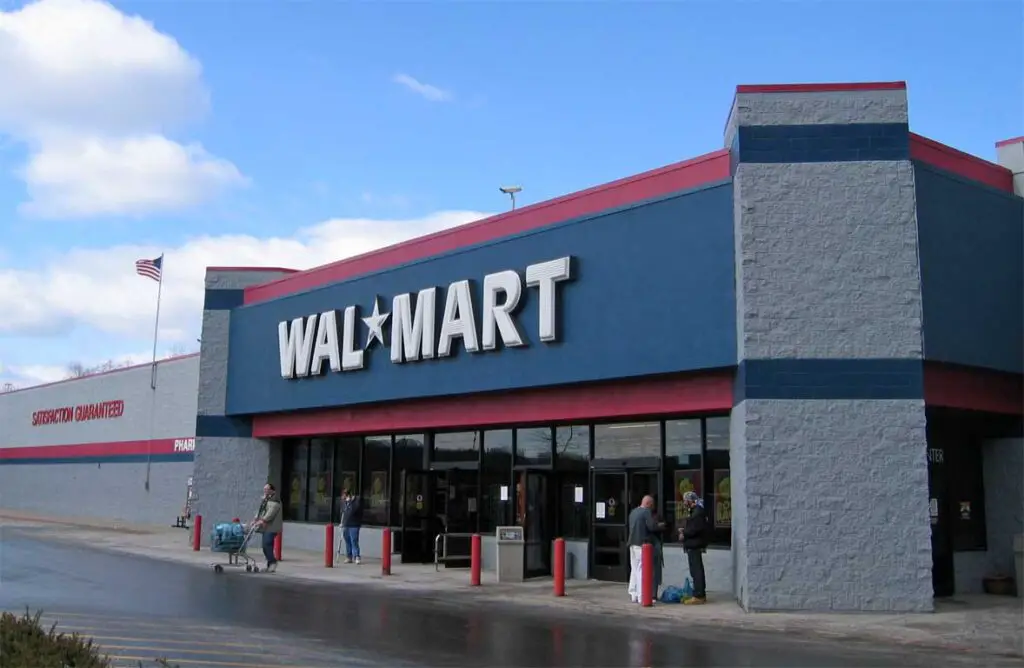
Walmart, known for its “Everyday Low Prices,” has been subtly raising costs on a wide range of household essentials. Customers who frequently shop at the retailer have reported that common grocery items like produce, snacks, and frozen goods have become more expensive. While Walmart still undercuts some competitors, its price hikes have been gradual enough that many shoppers don’t immediately notice.
In addition to higher prices, Walmart has also reduced the number of rollbacks and promotions it offers. This means customers who rely on discounts to save money are now paying more over time. Even though Walmart remains a go-to for budget-conscious shoppers, it’s clear that the retailer is finding new ways to increase profits.
3. Target
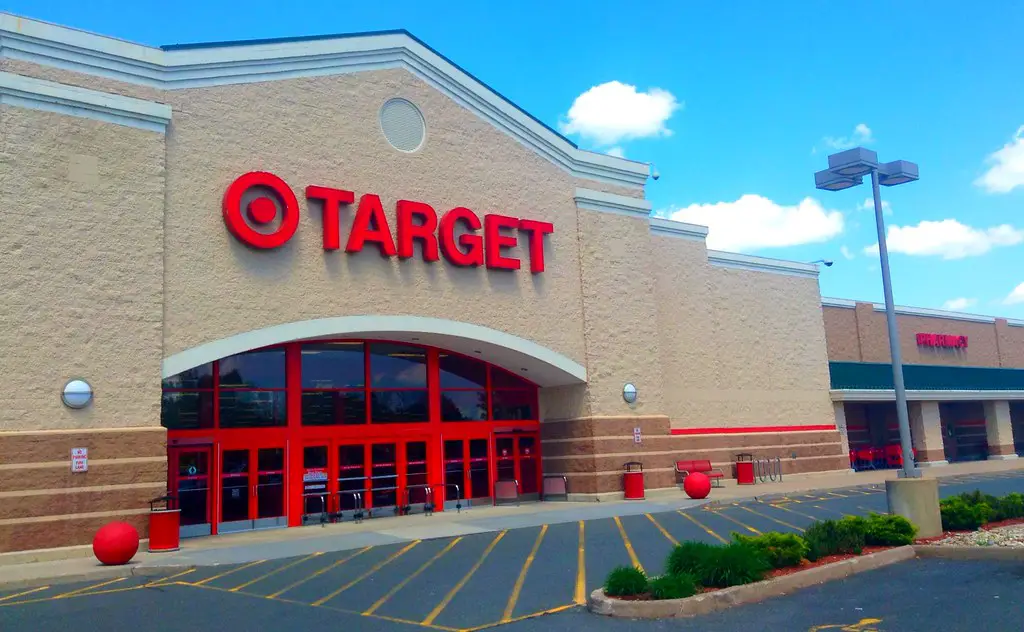
Target has built a loyal customer base with its mix of groceries, home goods, and fashion, but its grocery prices have been creeping up. Essentials like coffee, cereal, and dairy products have seen steady price increases in recent months. While Target frequently promotes its store-brand products as affordable alternatives, even these items have become more expensive.
Another issue is the way Target prices fluctuate between locations, with urban stores charging significantly more than suburban ones. This strategy makes it harder for customers to predict their grocery costs. Many Target shoppers love the store for its convenience, but they may not realize just how much more they’re paying for their weekly groceries.
4. Safeway
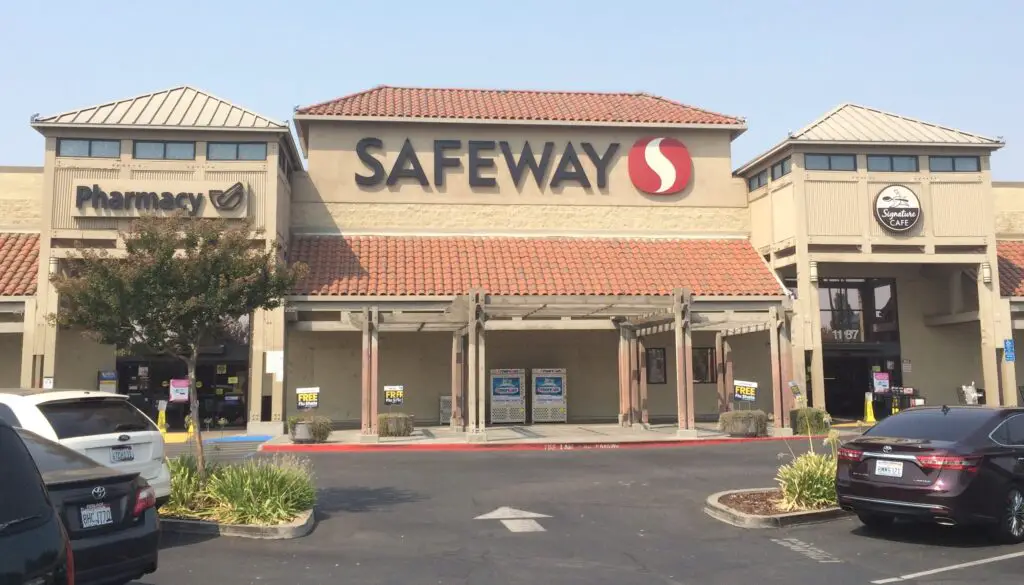
Safeway customers have noticed a steady rise in prices on everyday items, particularly fresh produce and meat. While the grocery chain frequently advertises sales and discounts, the base prices of many items have increased, making those promotions less valuable. Even staple goods like pasta, rice, and canned goods have gone up in price over the past year.
Another sneaky tactic Safeway has been using is adjusting the price per unit on bulk items. While buying in larger quantities used to save money, in some cases, the cost per ounce or pound has actually increased. Shoppers who aren’t carefully comparing prices may be spending more than they realize at checkout.
5. Albertsons
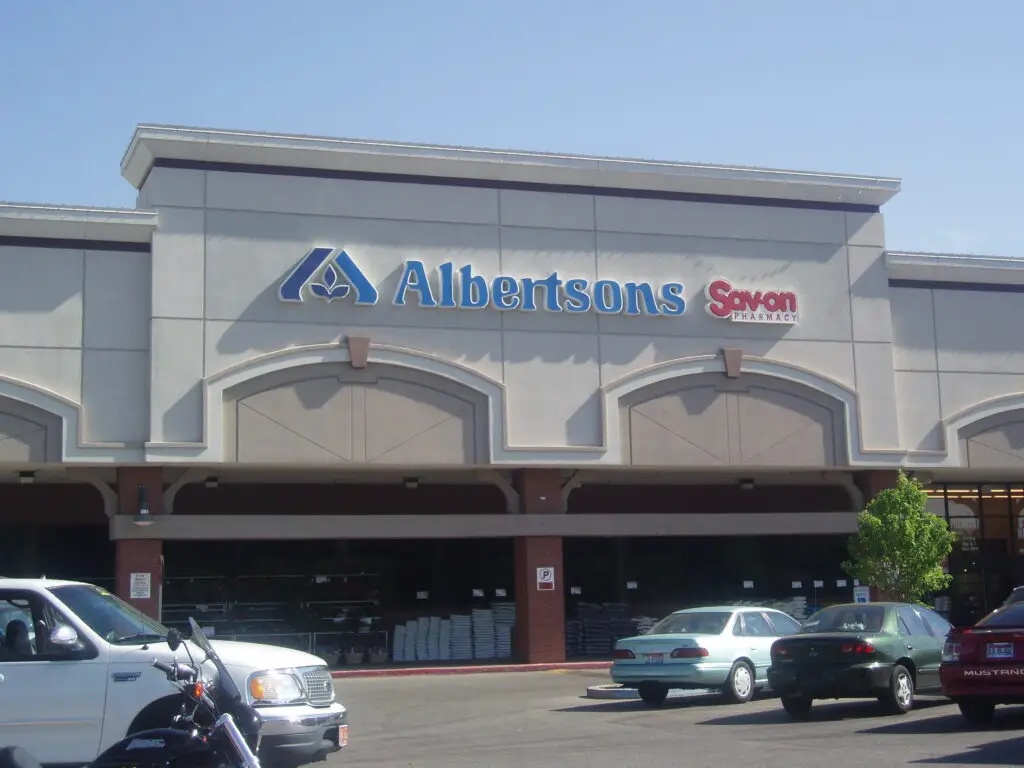
Albertsons has been gradually increasing prices across multiple grocery categories, making it harder for customers to find affordable options. Items like dairy, frozen foods, and household essentials have all seen price hikes, even on the store’s private-label brands. While Albertsons frequently offers digital coupons and loyalty discounts, these promotions don’t always make up for the rising base prices.
Another factor frustrating shoppers is the inconsistency in pricing between locations. Some stores charge significantly more for the same items, even within the same city. As a result, customers who rely on Albertsons for their weekly groceries are finding it harder to keep their budgets in check.
6. Publix
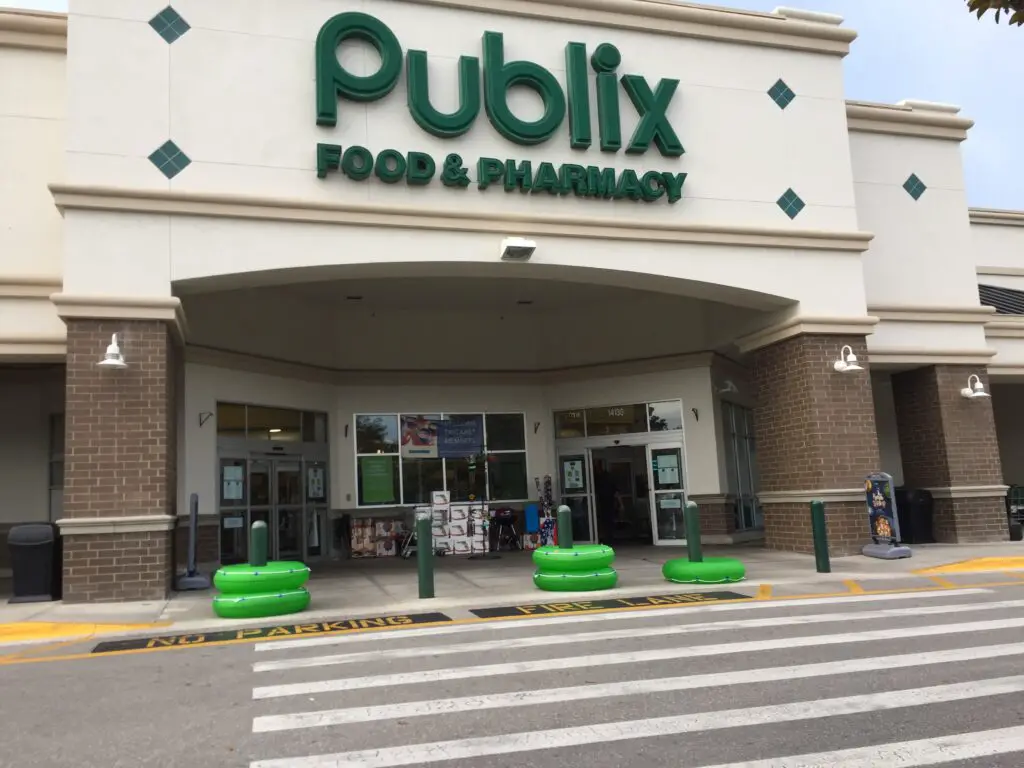
Publix is a favorite among shoppers in the Southeast, but customers have started to notice higher prices on everyday groceries. Items like fresh produce, dairy, and pantry staples have all become more expensive, making it harder for families to stretch their grocery budgets. Even Publix’s buy-one-get-one (BOGO) deals aren’t as valuable as they once were, as the regular prices have gone up.
Additionally, Publix has increased prices on store-brand items, which were previously a more affordable alternative. Shoppers who used to rely on Publix for quality and value are now reconsidering their options, with some turning to discount grocers like Aldi and Lidl for lower prices.
7. Whole Foods

Whole Foods has long been known for its premium prices, but even loyal customers are starting to feel the strain of rising costs. While the chain’s acquisition by Amazon initially led to lower prices on some items, those savings have gradually disappeared. Staples like organic produce, meat, and dairy have become even more expensive, making it harder for budget-conscious shoppers to justify the cost.
The store also heavily relies on its Amazon Prime discount program, which gives members exclusive savings. However, non-members are paying even higher prices, effectively creating a two-tier pricing system. As a result, some Whole Foods shoppers are looking for alternatives, even if they still want organic and high-quality foods.
8. Trader Joe’s
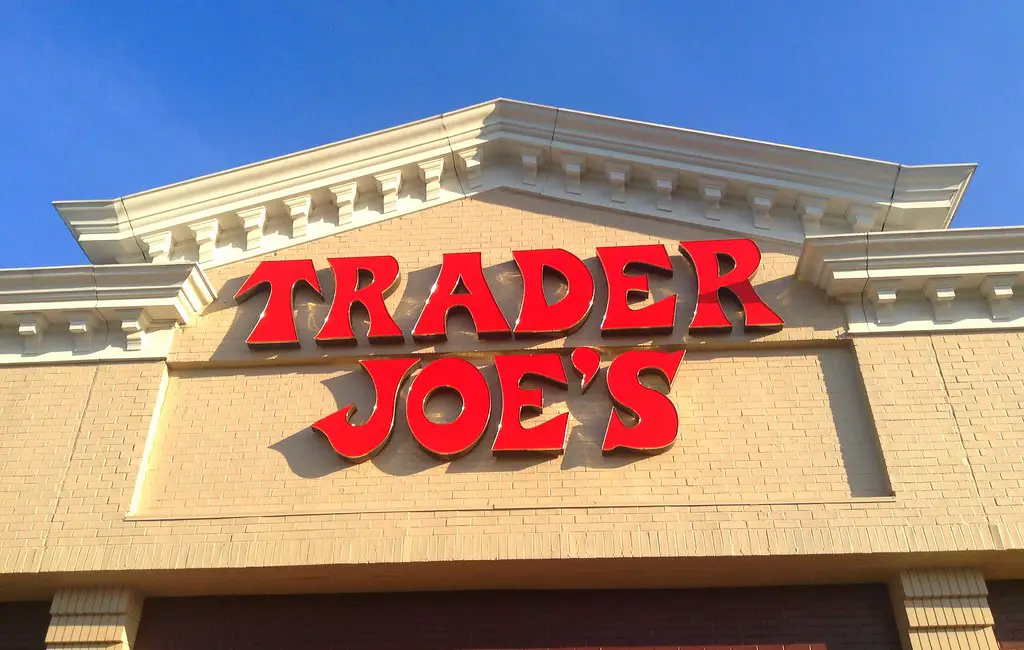
Trader Joe’s has a reputation for offering unique products at fair prices, but even this beloved chain has been quietly raising costs. Many frozen food items, snacks, and specialty products have seen small but steady price increases over the past year. While the store doesn’t rely on traditional sales or coupons, its base prices have gone up more than customers might expect.
Another pricing strategy Trader Joe’s has been using is reducing portion sizes while keeping prices the same. Shoppers who buy their favorite frozen meals or packaged snacks may not notice that they’re getting slightly less than before. While the store still offers good value compared to some competitors, customers are definitely paying more than they used to.
9. Costco
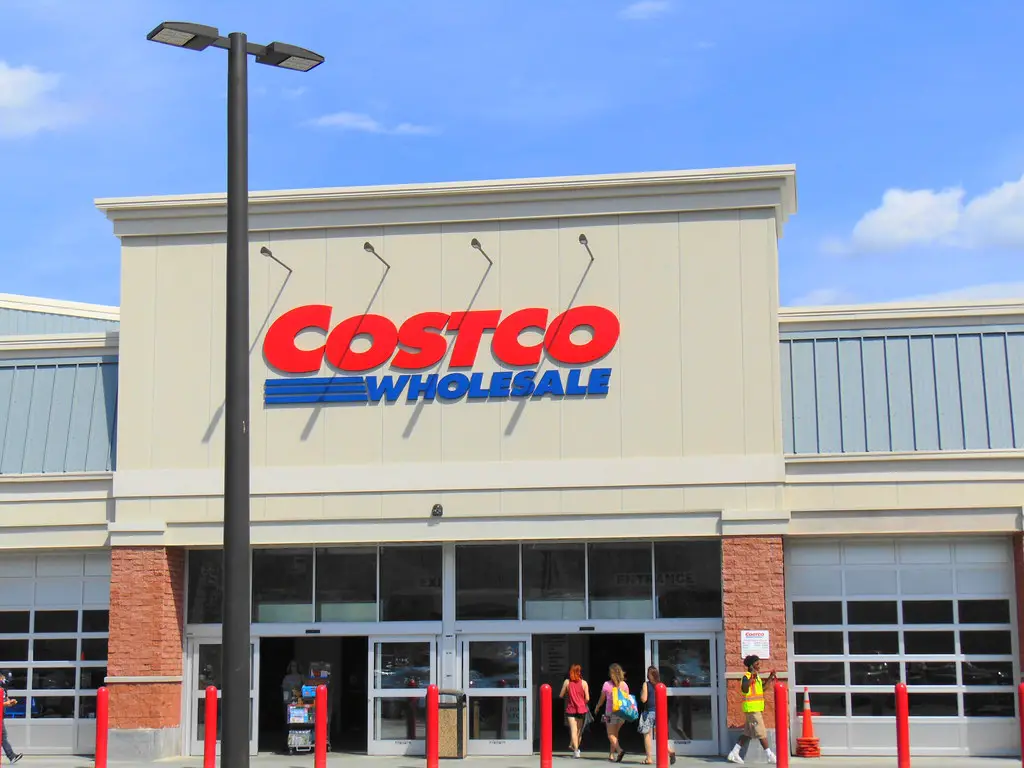
Costco is known for offering bulk savings, but even this warehouse giant has been quietly raising prices. While many customers assume they’re getting a deal by shopping in bulk, some items now cost more per unit than they did in the past. Staples like coffee, cheese, and frozen foods have seen noticeable price increases, even for members.
Additionally, Costco has been increasing the cost of its membership fees while reducing the number of in-store promotions. This means that loyal shoppers may not be saving as much as they once did. While Costco still offers some of the best bulk deals, customers should be mindful of price hikes on their favorite products.
10. Aldi
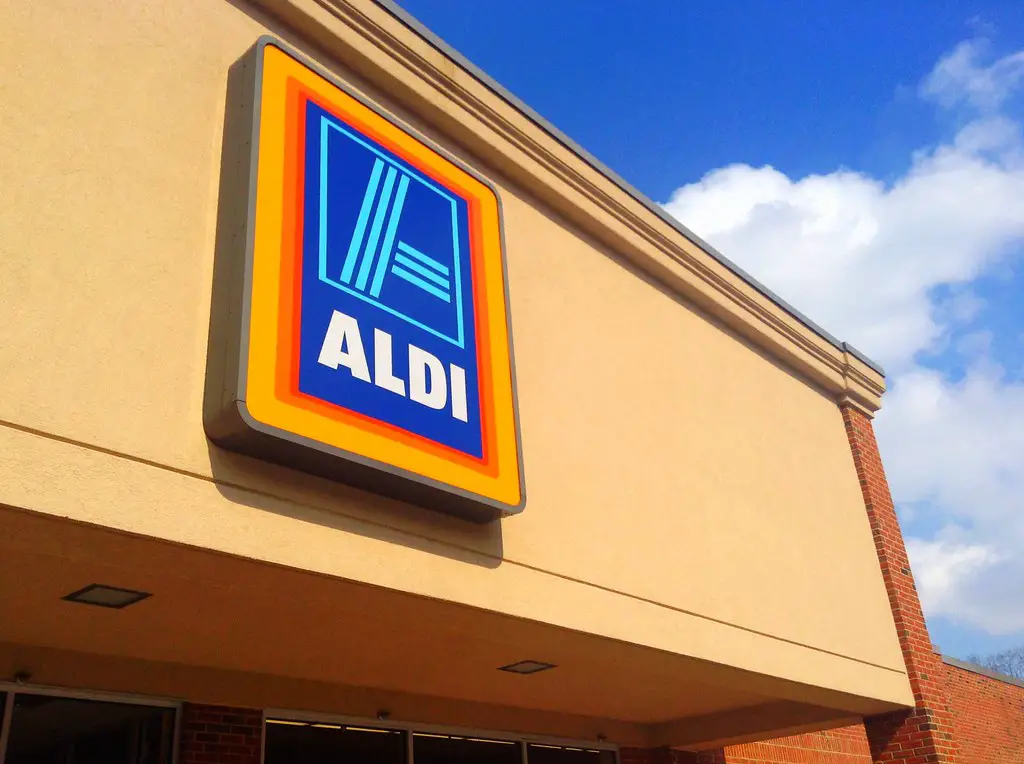
Aldi has long been a favorite for budget-conscious shoppers, but even this discount grocer isn’t immune to price increases. Many Aldi-exclusive products, including store-brand bread, dairy, and frozen foods, have gone up in cost. While Aldi still offers lower prices than many competitors, the increases have been noticeable for frequent shoppers.
One reason for the price hikes is the rising cost of ingredients and transportation. Even with its no-frills shopping experience, Aldi has had to pass some of these costs onto consumers. While it remains one of the most affordable grocery options, customers are finding that their grocery bills are slightly higher than they were just a year ago.
